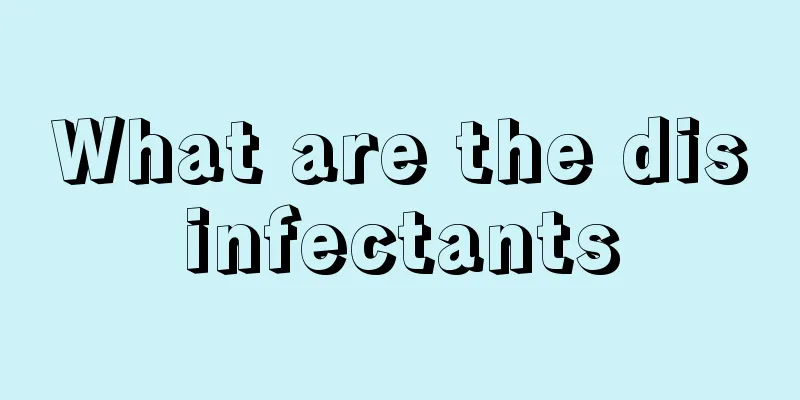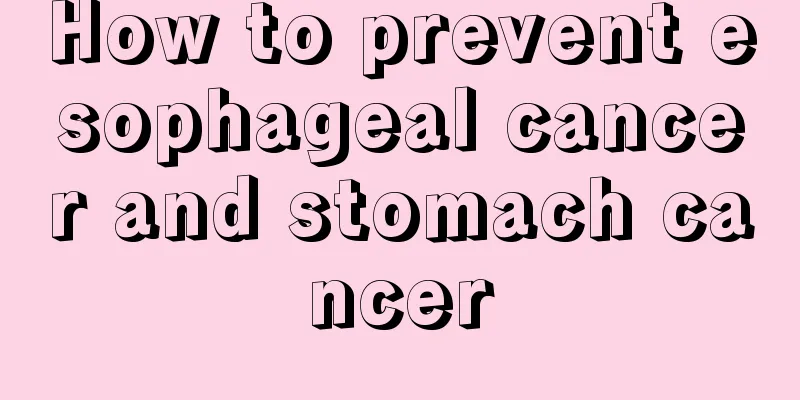What are the disinfectants

|
In life, we are bound to have bumps and bruises, and the wound should be cleaned and disinfected immediately after being injured, which can help remove foreign matter from the wound and avoid wound inflammation. If it is not treated actively and effectively, it will cause wound infection, thus affecting wound healing. Therefore, the choice of disinfectant is very important. However, there are many kinds of disinfectants on the market, so it is difficult for us to choose. Then let's take a look at what disinfectants are there! 1. DisinfectantGentian Purple That is 2% solution of gentian violet, also known as gentian violet. This solution can accelerate the scabbing and healing of wounds and is often used for superficial skin and mucous membrane infections. Note: ① This solution should not be used on mucous membranes or open wounds, especially large wounds, as it can cause severe irritation and induce skin cancer; ② It should not be used on facial skin as it affects the appearance after application and should be used as little as possible. 2. Commonly used in hospitals 1. Skin disinfection: iodine and 70-75% ethanol. 2. Air disinfection: ultraviolet rays. 3. Disinfection of indoor items: hydrogen peroxide. 4. Disinfection of mucous membranes and fresh wounds: hydrogen peroxide. 3. Commonly used types in the home 1. Hydrogen peroxide is hydrogen peroxide, which has a disinfecting and bactericidal effect. Note: ① The concentration used is 3%, which is high and can easily burn the affected skin; ② When used on superficial local wounds that have been infected to a certain extent, the blood, pus, etc. can easily reduce its bactericidal power; ③The properties are unstable, the storage time is short, and it is easy to lose its effectiveness. 2. Boric acid water 3% boric acid solution has cleaning, astringent and antibacterial effects. It is often used for flushing and cleaning skin, mucous membranes and wounds, gargling for stomatitis, and wet compresses for acute eczema, acute exudative dermatitis and burns. Note: ① Do not use it externally in large quantities or for a long time, and do not use it on infants or children or eyes; ② Pay attention to the concentration used, as too high a concentration can be irritating. 3. Soapy water Soapy water has a specific disinfecting effect.
① 20% soapy water can be used for emergency disinfection of wounds after being bitten by a dog, which has a certain effect of neutralizing, flushing and inactivating rabies virus; ② After being bitten by mosquitoes, washing with soapy water can relieve itching and alleviate local symptoms. 4. Salt water only cleans the wound and has no disinfecting effect. Note: After rinsing, you should apply some commonly used topical disinfectants, such as 2% iodine or 75% alcohol, to effectively remove bacteria and prevent wound infection. A simple way to rinse skin wounds: add 1 gram of table salt to 100 ml of cold boiled water to make a 1% concentration of salt water. It would be ideal if you could flush with 0.9% saline. Because saline solution with a concentration of about 1% is the same as the concentration of sodium chloride in human blood, it has no irritation to the wound and will not cause human cells to absorb water and burst or lose water and shrink. 4. Usage Every family's first aid kit must contain iodine, mercurochrome, gentian violet and other commonly used household disinfectants for use on abrasions, cuts and burns, but if used inappropriately, adverse reactions may occur. 1. Mercurochrome: Suitable for children. Mercurochrome is suitable for superficial wounds such as skin abrasions and cuts. Because it has weak irritation to wounds and does not cause any pain, it is generally suitable for children with poor pain tolerance. However, it cannot be used together with iodine, nor can it be used on the same part one after the other. 2. Gentian violet: Do not use on broken wounds. Gentian violet can be used to treat minor, small-area scalds and burns, but it cannot be used if the wound has become purulent or ruptured, otherwise a scab will form on the surface of the wound, making it difficult for pus in the necrotic tissue to be discharged and aggravating the infection. 3. Hydrogen peroxide: “ Bubble-free” hydrogen peroxide that has lost its efficacy can also be used to clean and disinfect purulent wounds. However, when hydrogen peroxide comes into contact with wound secretions or pus, it will decompose into free atomic oxygen and produce a large number of bubbles. Hydrogen peroxide is not easy to preserve. If no bubbles are produced when cleaning the wound, it means that the medicine has expired. 4. Iodine: suitable for unbroken abscesses Iodine tincture has a significant bactericidal effect. Low concentrations are generally used for skin disinfection, while concentrations above 3% can be used for inflammations such as folliculitis and paronychia, as well as undamaged pustules and boils. However, iodine is highly irritating and should not be used on broken wounds. 5. Taboos for pregnant women Studies have shown that chemical pollution caused by household detergents can have a certain harmful effect on human health, especially when used improperly. For example, mixing toilet cleaners with disinfectants. The chlorine content in toilet cleaners is very high. When used together with ammonia-containing cleaners, chlorine gas will be produced that irritates the eyes, nose, throat and other parts, and even damage the lungs. When spray-type disinfectants, cleaners are mixed with deodorants and air fresheners, chemical reactions that are harmful to human health will occur, especially to pregnant women and fetuses.
1. Pregnant women should avoid direct contact with detergents. 2. Do not mix detergents and disinfectants. Bathroom cleaning products, toilet cleaning products, and kitchen cleaning products must be used separately. 7. Causes of Cancer Improper use of various household hygiene products may contain carcinogens. For example, many families like to put cleaning supplies such as disinfectants, and often place them in the corners of the room or bathroom. In fact, after they evaporate, they often accumulate a lot of harmful gases. In particular, when taking a shower with hot water in the bathroom, the evaporated disinfectant becomes more toxic. Some disinfectants also contain dichlorobenzene, which can irritate the respiratory tract, cause cell mutations and induce leukemia, lung cancer, etc. So don’t pile disinfectant in the corner or bathroom. It’s more appropriate to place it on a drying platform with good ventilation and keep it sealed. As for families who like to use air air fresheners, if they want to keep the air fresh, they can open windows frequently or use exhaust fans. After all, air fresheners are chemical synthetics and may also induce cancer. |
<<: Potassium aluminum sulfate dodecahydrate
>>: Where should I hit a disobedient child?
Recommend
The nursing methods for drug treatment of uterine cancer are introduced to you
Uterine cancer drug treatment is one of the treat...
What should I pay attention to when coughing causes abdominal pain
Normal coughing is a physiological characteristic...
Can I breastfeed while sitting during the confinement period
During the confinement period, you don't have...
How long can you live with endometrial cancer
Cancer, like a devil, has been eroding women'...
Analysis of symptoms of esophageal cancer based on TCM syndrome differentiation
TCM syndrome differentiation and treatment has th...
What to do if you can’t remember things
If your brain always cannot remember things, it w...
Will lymphoma recur after surgery?
Will lymphoma recur after surgery? Lymphoma is a ...
I have severe cough in the late stage of esophageal cancer and I can't eat. What should I do?
If patients with esophageal cancer experience sev...
The efficacy of egg white honey mask
We all know that many women need to use facial ma...
Diagnosing early lung tumors from abnormal signs
Many tumors can be effectively treated in the ear...
How are tonsil stones formed
Tonsil stones are a disease that causes headaches...
What is the reason for heavy moisture on the soles of feet
Our living standards have improved, but our physi...
My chest hurts when I breathe hard
In life, many people feel chest pain when they ta...
What are the measures for TCM to treat lung cancer? Detailed description of the specific methods of TCM to treat lung cancer
Traditional Chinese medicine is a commonly used m...
Contraindications of influenza vaccine
Vaccines are mainly drugs developed to prevent ce...









